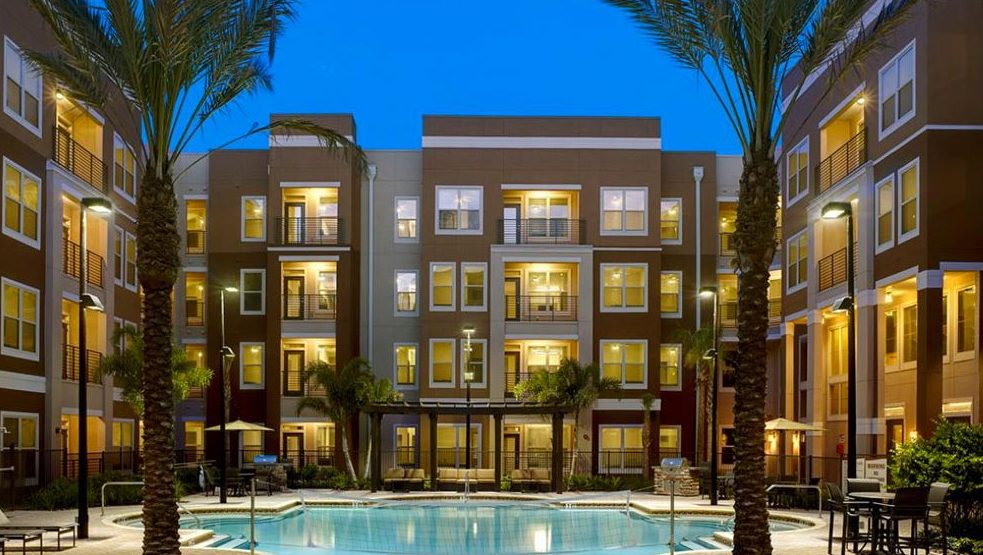Student Housing Performance Varies Widely by School

Fall 2019 student housing fundamentals followed in near-perfect sync with last year’s performance, as both rent growth and pre-lease activity rival year-ago figures. This might suggest stability in the market. However, the range of performance among schools is quite varied.
Each year’s student housing leasing season ends each August, when most student leases are locked in place in time for the start of the new academic year. Nationwide, the August 2019 pre-leasing figures and average rent growth for the core 175 universities tracked by RealPage both stand within 10 basis points (bps) of 2018 rates. Among individual schools, however, the performance range is nearly 1,700 bps for rent growth and more than 3,000 bps for pre-leasing. Very few universities are near the national averages for either metric.
August 2019 pre-lease data shows Fall 2019 occupancy standing at 93.2%, compared to 93.3% in Fall 2018. When grouping similarly occupied schools into cohorts, the visual resembles a barbell more than a bell curve.
Of the schools with three or more off-campus properties, 66 schools – over 50% – report occupancy below 92%. No schools report occupancy between 92% and 94%, despite that range housing the national average. Another quarter of the schools, about 34 total, report occupancy above 98%.

Several schools reporting no vacancy at all for the new school year have seen staggering enrollment growth over the last couple years. Boise State University, which has 100% occupancy, grew by 5.7% in 2018. North Carolina A&T State University, also reporting no vacancy, grew by 5.0% in 2018. Similar stats are seen at University of Cincinnati, Syracuse University, University of Maryland, University of Georgia and University of California at Irvine.
On the other end of the spectrum, schools with the lowest pre-leasing in August include University of Mississippi (69.7%), Valdosta State University (75.5%), Southern Illinois University Edwardsville (75.5%), Western Kentucky University (78.3%) and University of Alabama (80.3%).
In many cases, these schools have either seen shrinking enrollment (Southern Illinois University Edwardsville, Western Kentucky University and University of Mississippi) or a lot of new supply recently (University of Arkansas and Iowa State University).
A similar phenomenon can be seen for annual rent growth. Overall year-end annual effective rent change was 1.7% as of August, compared to the U.S. average of 1.6% year-ago. However, the majority of universities are reporting either negative rent change (about 29% of schools) or more than 3% rent growth (34% of schools).

On the top end, schools seeing the most rent growth include Liberty University (10.2%), Washington State University (9.7%), Brigham Young University (7.6%), Bowling Green State University (7.5%) and University of Nevada, Reno (6.9%). Similarly to the top occupancy schools, many of these universities have seen strong enrollment growth, like University of Nevada, Reno or limited new supply, like Bowling Green State University.
On the bottom end, schools seeing the most severe negative rent change include some of the same occupancy laggards. Rounding out the bottom of the list is University of Minnesota (-6.7%), University of Mississippi (-6.6%), Oklahoma State University (-6.4%), University of Louisiana, Lafayette (5.6%) and University of Akron (-3.9%). Several of the school seeing negative rent change are struggling to absorb large blocks of new supply this fall.






